Graphics Reference
In-Depth Information
Note.
In this chapter
ab
denotes the quaternion product and
not
the segment from
a
to
b
as it does in the other parts of the topic.
20.2.1 Proposition.
Equations (20.1) in the definition of the quaternion product
on
R
4
define a well-defined associative product.
Proof.
Exercise 20.2.1.
Note that the product is not commutative since, for example,
ij
=-
ji
. Also, the
identity
i
2
=
j
2
shows that
a
2
=
b
2
does not imply that
a
=±
b
. Condition (20.1b) could
have been replaced by the single condition
ijk
=-1
and the assumption that we have an associative operation.
Definition.
The vector space
R
4
together with the quaternion product is called the
quaternion algebra over
R
and is denoted by
H
.
For reasons which will become clearer as we go along, it is convenient to identify
the subspace of
H
generated by
1
with
R
and the subspace of
H
generated by
i
,
j
, and
k
with
R
3
. In other words, we shall feel free to use expressions of the form
3
=
(
)
Œ
r
+
v
,
where r
Œ
R
and
v
v
,
v
,
v
R
,
123
to represent the quaternion
rv v v
1i
++ +
j
3
.
k
1
2
With this identification we have expressed
H
as a direct sum of
R
and
R
3
. By
identifying
r
with
r
1
and
a
+
b
i
with
a
1
+
b
i
we shall consider both the reals and the complex numbers as being subsets of
H
, that
is, we have natural inclusions
RCH
ÃÃ.
Definition.
Elements of
H
in the subspace generated by
i
,
j
, and
k
are called
pure
quaternions
. Let
q
be a quaternion and express
q
in the form r +
v
, where r Œ
R
and
v
Œ
R
3
. The number r is called the
real part
of
q
and the vector
v
is called the
pure
part
of
q
. To extract these parts, we define functions
re pu
,
:
HH
Æ




